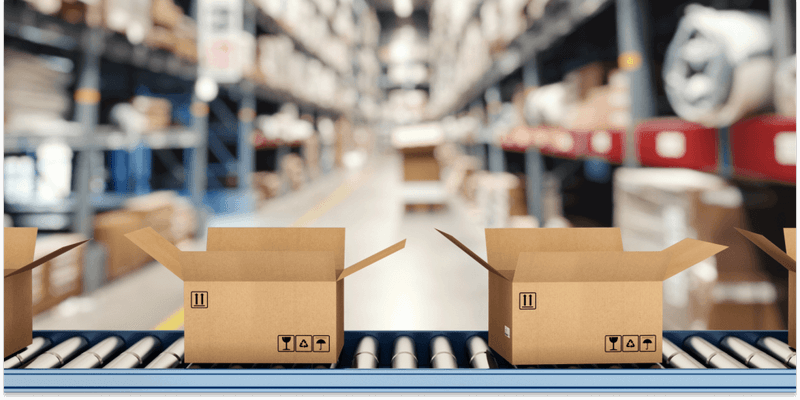What is distribution?
Distribution is the process of both selling and delivering products from the manufacturer to the end customer. You can also refer to it as product distribution. With more and more companies going global, it’s become crucial to streamline distribution and ensure all parties inside the distribution network are happy.
What is a distribution network?
A distribution network (also known as a distribution channel) is the path decided and designed by a company to deliver its products or services to the customers. The path can be long or short, depending on various circumstances.
Electronic commerce or ecommerce is a popular distribution network. Manufacturers create a path of distribution so they can move products out of a factory. Then, it goes to their warehouse, where the price tag is added before the product is shipped to the end customer. The right team in this process will work with you to develop a complete shipping, logistics, and supply chain solution which is most suitable to your business.
Ecommerce distribution channel is used both for B2C and B2B activities and has changed the marketing landscape of businesses where goods are picked up and sold to the customers without any need for face-to-face interaction. Both businesses and customers can benefit from an ecommerce distribution network. If you are looking to enter a global marketplace, this can be the place to begin.
Ecommerce distribution networks have changed the way this business operates, sells, packages, and ships customer goods.

Types of distribution channels
Distribution channels can either be direct or indirect.
In direct distribution, the manufacturer sells products straight to the buyer and does not use an intermediary. Some examples are:
- Manufacturers selling their products through retail outlets
- Artists using a site like Etsy to sell their craft
- Farmers selling their produce at the farmer’s market
In indirect distribution, the manufacturer or any entity sells products to the buyer with the help of a middleman. Some examples are:
- A manufacturer of household products may look at popular retail outlets to reach out so they can sell the products to the target market.
- An online course builder may use affiliate sites, online learning websites, or reseller programs to sell their courses.
Making the right decision is very important for your business. Companies wanting to keep a tight leash on their distribution follow direct channels. Companies that do not want more control or cannot afford to go big follow indirect channels.
Examples of distribution channels
There are several distribution channels found in ecommerce. For example, a direct sales distribution channel can be a good model for moving a product with a medium price range and long shelf life. Stationery is a good example of this, as it can be expensive but can also sit on the shelf for no time without any issues.
Another example of a distribution channel is brokers and distributors. If the manufacturer chooses to partner with brokers, they become an extension of the producer, representing them in front of the end buyer. More channels you can sell through may include the following: